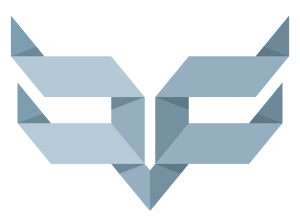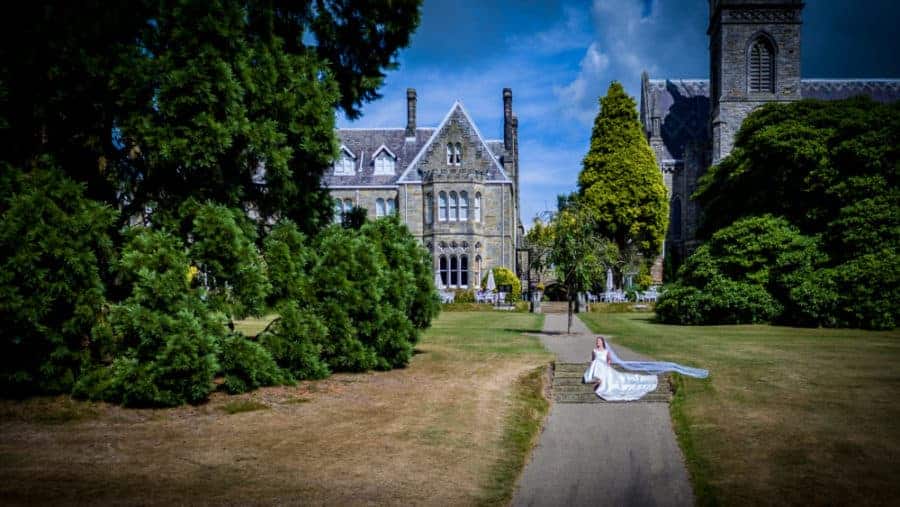
Your Foldable Self-Flying Personal Photographer
HOVER CAMERA PASSPORT IS FINALLY HERE
Safe, portable, foldable, and easy-to-use, everything you need in a flying camera.
I have been waiting to learn how this drone project pans out for some time as the initial brief sounded exciting. This little camera in the sky has a lot of punch and with a safe easy to fly interface, I think it will be a new peace of tech in most photographers kit bags.
- Face Tracking: Using face detection technology, Hover Camera Passport can track your face and accompany your journey.
- Grab & Go: Unlike drones, Hover Camera Passport’s enclosed carbon fiber form factor enables you to grab it mid-air to retrieve it.
- Orbit: Film yourself autonomously as Hover Camera Passport circles around you.
- Body Tracking: Whether you’re jogging, skating, biking, or street dancing, Hover Camera Passport can keep up with your activities as it follows you.
- Lightweight: Hover Camera Passport weighs in at a mere 242 grams, meaning you don’t need to be registered to use it in some regions.
- 360 Spin: Capture 360 degrees of panoramic video, featuring you in your environment
Tech Specs
- Folded Dimension – 182x132x33mm³
- Weight – 242g (including battery)
- Max Speed – 8m/s (17mph)
- Max Service Ceiling Above Sea Level – 2000m (6562ft)
- Max Hovering Time – 10min (no wind)
- Suggested Control Distance – Up to 20m (65 ft)
- Operating Temperature – 5-35°C (41°F-95°F)
- Wi-Fi Frequency Bands – 2.4GHz; 5GHz
Hover Camera Website
The Importance of Solar Panel Inspections in Spring
Spring and summer are peak months for solar energy production—ensure your panels are operating efficiently with a professional thermal imaging inspection. Compliance with IEC62446-3:2017 is essential for both commercial and domestic systems, helping to prevent faults, optimise performance, and maintain insurance coverage. Book your inspection today!
Facebook, Instagram and Threads Removal
Departing Facebook, Twitter, and Instagram to Uphold Ethical Principles In an era increasingly shaped by the influence of powerful social media platforms, Drone Media Imaging has made the principled decision to leave Facebook, [...]
In Thermography what is the difference between Quantitative vs Qualitative analysis
Quantitative and qualitative thermography are two essential methods in thermal imaging analysis. Quantitative thermography measures exact temperature values, while qualitative thermography focuses on pattern recognition. Both play a crucial role in building inspections, electrical fault detection, and industrial diagnostics. Understanding their differences helps professionals choose the right approach for accurate thermal assessments. Drone Media Imaging provides expert thermographic services, ensuring precise, reliable results. Contact us today for professional thermal imaging analysis.
Expert Infrared Inspections for Accurate Thermal Assessments
Need professional thermographic analysis for your project? Our certified experts use the latest infrared technology to deliver precise results. Contact Drone Media Imaging today for expert thermal imaging services.











